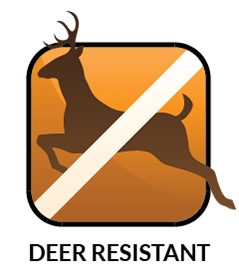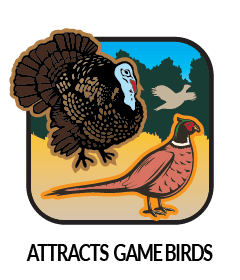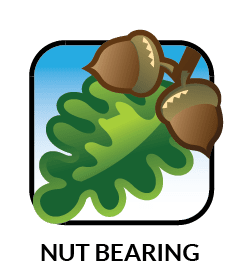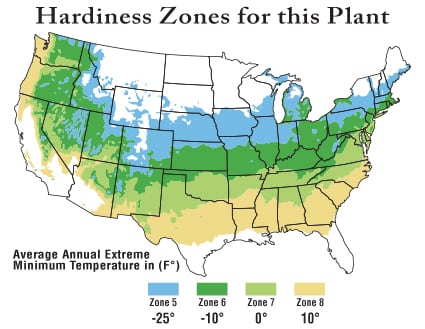Shellbark Hickory
Plant Type: Dormant, bare-root
Zones: 5-8
Soil Type: Loamy & Sandy Soils
Site Selection: Full Sun, Partial Sun
Mature Height & Width: 60-80' Height and 30-40' Spread
Growth Rate: Slow - 8-12" per year on average
Moisture Requirements: Average soils






Shellbark Hickory
Carya laciniosa
This long-lived tree acquires striking, peeling bark with age. Shellbark produces the largest and sweetest of hickory nuts. While this tree will grow on sites with average moisture, it is also well suited for wetter bottomland. Long leaves with 7-9 downy leaflets emerge late each spring, and large buds and orange-brown twigs add winter interest. The nuts of the Shellbark Hickory are an excellent food source for birds and mammals alike.
The Shellbark Hickory is also known as the Kingnut and Bottom Shellbark.
The Shellbark Hickory is a slower growing tree that will eventually be very large. This tree has an interesting peeling plated bark as it matures which adds winter interest. Hickory is one of the strongest lumbers around and it is used for making furniture, flooring, handles on tools and some athletic equipment.
The Shellbark Hickory is largely disease and pest free. This tree can be messy at times with a steady drop of leaflets, dead twigs, outer husks of the nuts and debris from squirrels feeding. The tap root grows deep which makes this tree difficult to transplant after 2 to 3 years. Most of the tree's energy is devoted to developing the tap root in early years so top growth will be slow at first. After the tree is established, top growth speed will pick up slightly.
Common uses for the Shellbark Hickory include:
- Good addition to long term plan for your hunting or wildlife viewing plot
- Nice display of color in autumn
- Large, strong shade tree
- Ornamental "shaggy" bark gives good winter interest
- Valuable wood for investment timber
- Classic for firewood and used for adding flavor when grilling
The Shellbark Hickory produces edible nuts that are favored by humans as well as deer, bear, turkeys, fox, rabbits, squirrels, chipmunks and other animals. Hickories serve as food for many wildlife species. The nuts are a preferred food of squirrels and are eaten from the time fruits approach maturity in late summer until the supply is gone.
In addition to the birds and mammals above, mallards, wood ducks, and bobwhites utilize small amounts of hickory nuts. Hickory is not a preferred forage species and seldom is browsed by deer when the range is in good condition. Mature Shellbark Hickories are also a natural roost site for bats.





